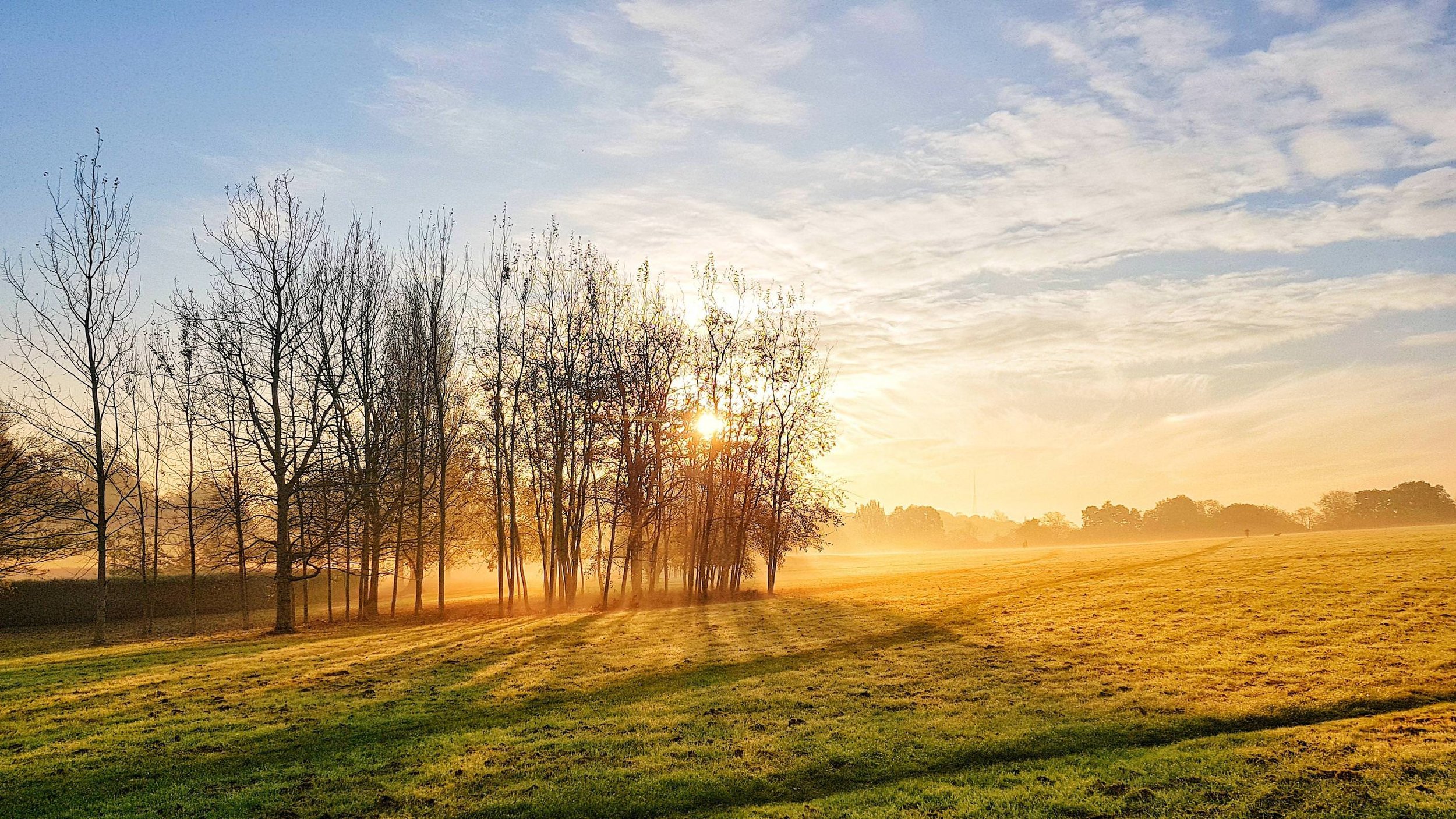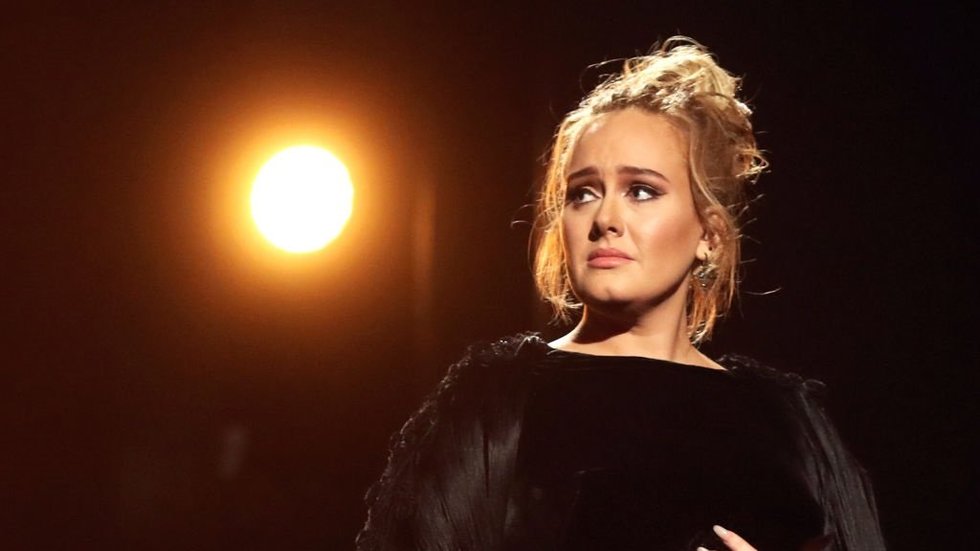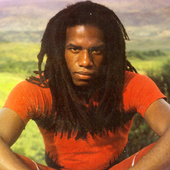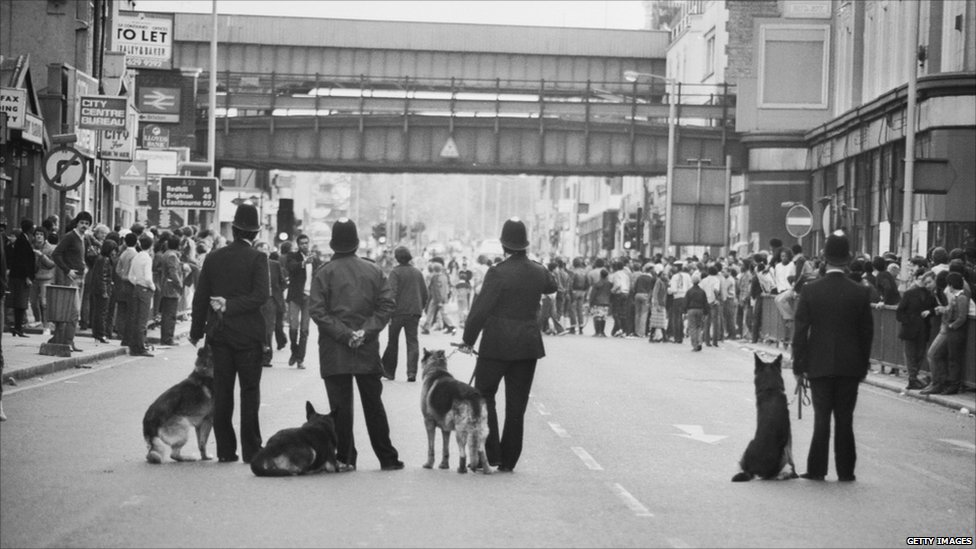As you may have noticed, it's pretty much our mission to help you guys feel inspired about living in South London. The playlist below is no exception, five songs that take South as their muse - beautiful, bittersweet and with more to them that you might have thought...
Waterloo Sunset
Ray Davies, The Kinks’ lead singer and writer of this iconic South London tune, used to cross Waterloo bridge every day when he was a student at Croydon Art School. The song is one that depicts perfectly a feeling of stillness, of watching in the city with its millions of people ‘swarming like flies’: a stolen moment between two people on the bridge, with the Waterloo Sunset at their backs. He has said since that he envisioned it as a song of hope for his sister and her husband, part of the generation growing up during World War One, expected to marry, work in factories but never to excel as individuals.
My Hood
My Hood was written at a time of disillusionment for Ray BLK, the song can be described as a bittersweet compromise. Acknowledging that life is tough in her hometown of Catford, she chooses to focus on the possibility of strength and of beauty all around her, in the people and the culture: ‘through concrete, flowers grow’. When your full English breakfast at a caf’ not a café includes baked beans, saltfish and ackee, there really is no place like home.
Careless Whisper
Working as a DJ at the Bel-Air dinner dance restaurant in Bushey - a 17-year-old George Michael travelled back and forth by bus every night between Watford and the basement flat in Peckham where his Wham! bandmates Shirley Holliman and Andrew Ridgeley were living. He would pass the time on these long journeys coming up with songs in his head, and on one fateful evening, the song was Careless Whisper. Back at the flat, he and Ridgeley recorded the track - which George knew instantly was a Number 1 - as a demo. On his last night as a DJ at the Bel-Air, George threw caution to the wind and played his demo. To his amazement, the dancefloor filled, though no one had heard the song before. This small success spurred him on to pursue his dreams of singing and songwriting and eventually, as he predicted, the song was Number 1 in 25 countries and had sold 6 million copies around the world. It might not be the most obvious ode to South London, but if that doesn’t inspire you for tomorrow’s commute, we don’t know what will!
Million Years Ago
We’ll let Adele take care of this one:
“It’s kind of a story about… [driving] past Brockwell park, which is a park in South London I used to live by, it’s where I spent a lot of my youth… I really missed it… and it’s sort of about that, and about [how] I never realised that this was going to happen. I never, ever realised that when I has my guitar in the park, singing to friends, we never in a million years thought this would ever happen.”
Electric Avenue
Rounding it off with a classic: Eddy Grant’s reggae inspired anthem is for most people light and upbeat, conjuring up images of Brixton’s bustling streets in the summertime. A closer listen, however, reveals it as his ‘critique from the street’, using the song’s driving beats as an empowering way to deliver an important message about the injustices and divisions of British society at the time. Written in response to the 1981 Brixton riots, triggered by unemployment and mistreatment of black communities by Police, there was plenty to feel frustrated about, particularly when the Government response to the riots was a regeneration drive, enabled by the forced eviction of local populations. Brixton has been a hotly contested area in debates around gentrification ever since and you might hear the song a little differently next time it comes on the radio!








